Academy of Fine Arts alum Iisa Lepistö in residence: Scotland, the land of sandstone and granite
The first post in a new series of writings by the Academy of Fine Arts alumni and their experiences at international art residencies is published at the Uniarts Helsinki´s blog site. Visual artist Iisa Lepistö is the first grantee of the alumni residency in Scotland.
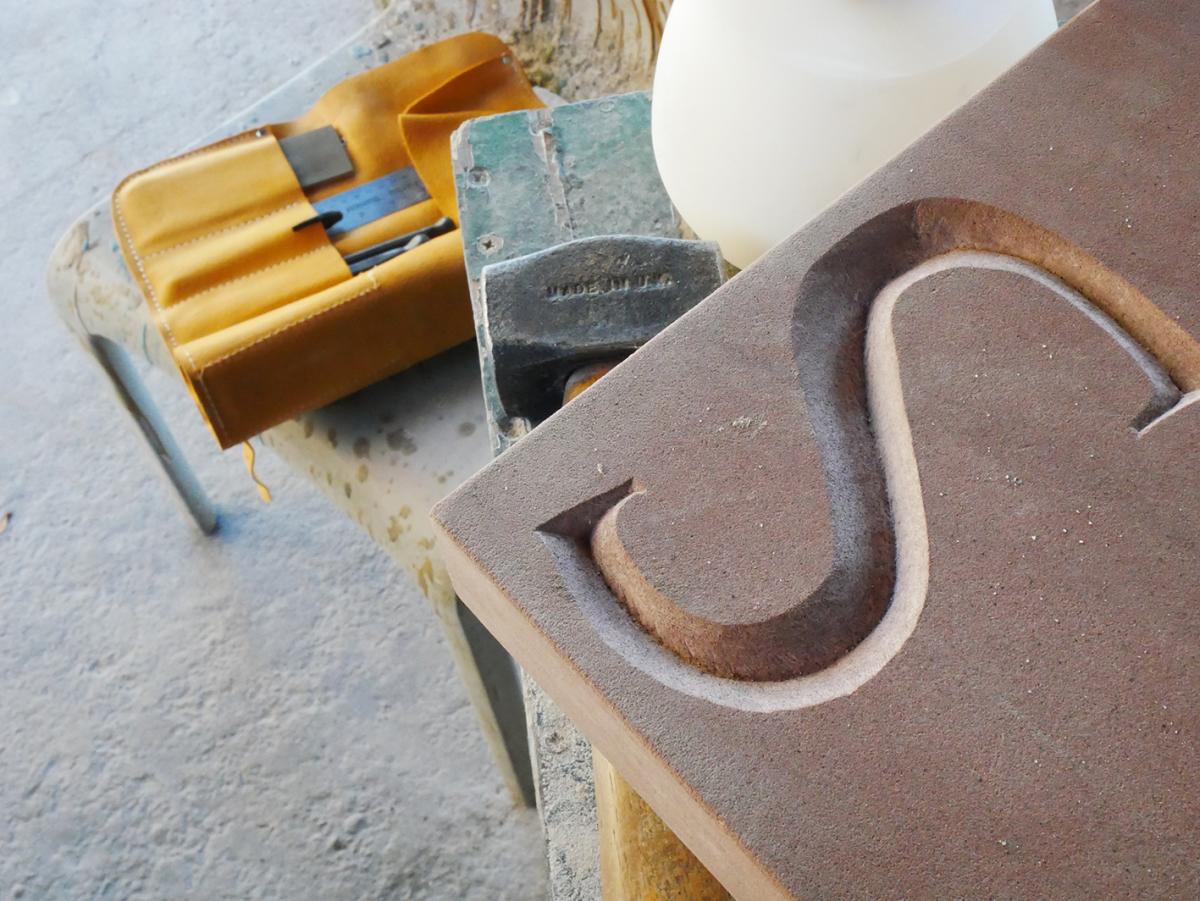
I’m happy to get to share my experiences from the new residency programme in Scotland, which is aimed at alumni of the Academy of Fine Arts. The Ecologies in the Making, Sculpting Futures residency is divided into two parts over about a four-month period: the first part is spent at Cove Park on the western coast of Scotland, and the second part at the Scottish Sculpture Workshop in the Highlands. Both of the residencies offer excellent opportunities to delve into one’s work. While Cove Park offers space and time for artists from various fields, the Sculpture Workshop is, not surprisingly, dedicated specifically to sculpture, offering excellent facilities for it.
I value the time given by the residency tremendously. I find that at a residency, the concept of time stretches and becomes different. When certain daily chores are left out of the equation, time starts to revolve around work, rest and everything these two things entail, which changes the composition of time. The Sculpting Futures residency programme emphasises the importance of time and the richness of the process. The theme of the residency – or at least the way I interpreted it – happened to fit in well with the themes that I have explored in my work in recent years, so writing the application felt natural to me.
I’m interested in stone, granite especially, which is a local and the most common rock type both in Finland and in Scotland. For the past couple of years, I have worked with stone both in writing (during the residency, a cultural journal called Mustekala published a text I wrote about stone and through sculpting). I really liked the differences between the two residency locations, and it was easy to divide my work between them: I focused on research and writing at Cove Park and then had long days of carving at the Scottish Sculpture Workshop.
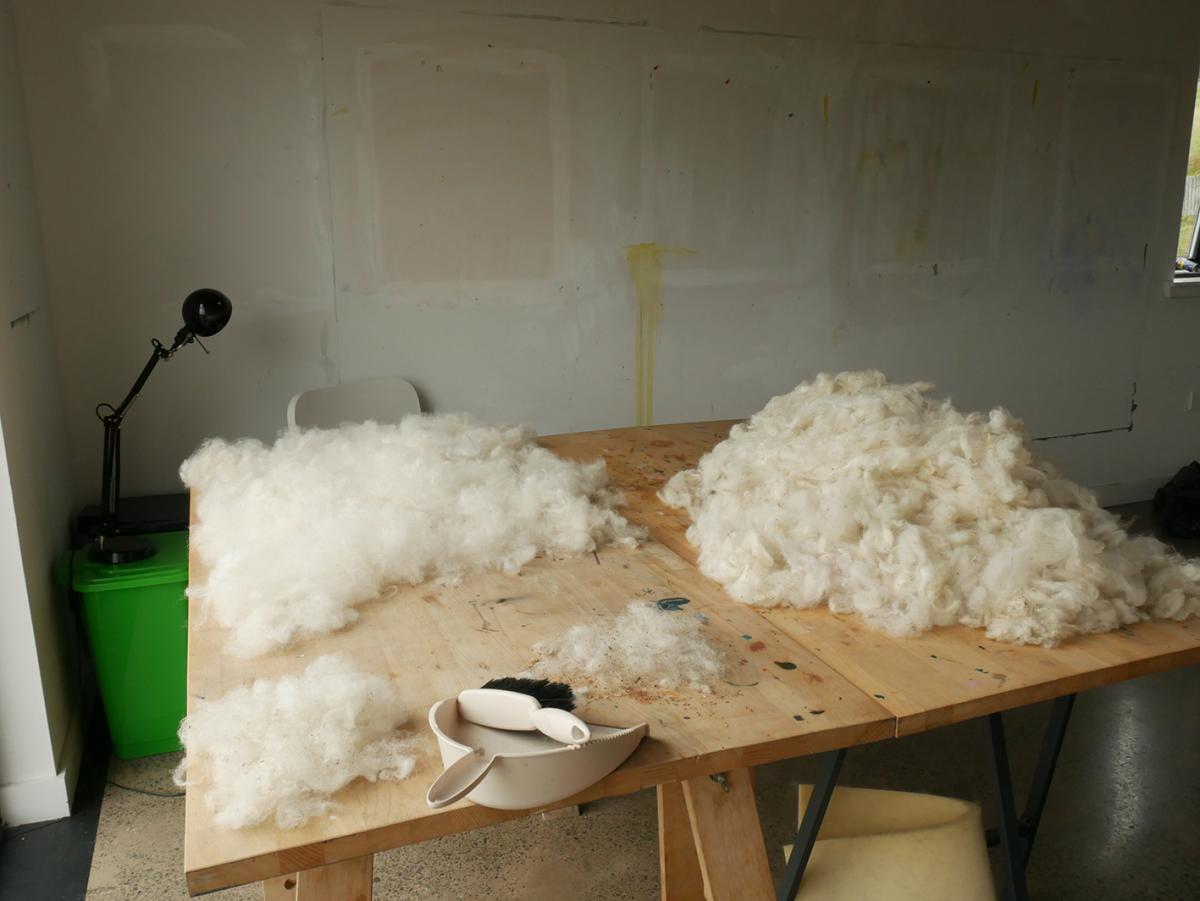
I came to Cove Park in mid-August. I arrived there late in the evening, and it was so quiet that I didn’t hear even a peep. In the morning, I opened the curtains and finally placed myself; I was looking over Loch Long.
I have some experience in living abroad, which is why I think I can settle into my own routines fairly smoothly and know how to listen to my feelings about when to be social and when to take some time for myself. The beautiful location, serenity and the warm-hearted staff at Cove Park made me feel welcome and comfortable. I was quickly able to ease into a good rhythm. Artists participating in the residency are given their own room with a toilet, a small kitchen and a shower as well their own studio. There are also shared facilities, including a large kitchen, an empty activity room (suitable for dancing or other exercise), a cosy living room with a small library section and a beautiful yard and a terrace. This residency location doesn’t offer tools or facilities for sculpture work, so during these first two months I focused on research, writing and planning my works. The residency is located on a cape, surrounded by a couple of villages; the nearest one has a pub, a post office, a kiosk, a vintage shop and a ferry port where you can take a ten-minute ferry ride to Gourock. The nearest city is Glasgow, which is about 1.5 hours away from Cove Park by public transport.
A few times a week I took a bus to a village called Garelockhed where I went to a gym at Centre 81, sent postcards every time I missed a bus or had lunch at the local café. Just like in all small villages, I soon started recognising my gym buddies in a bus, at a store, or on the street.
I wanted to make something out of local wool, so I exchanged a bottle of red wine for sheep wool from a local farmer. It took me half an hour to walk to the farm, I ate too much blackberries on the way there, and then walked back to the studio with wet wool. I hand-cleaned the wool and used it to make a sort of support basket and a rug for my future stone sculptures.
During the residency, there were a few events at Cove Park, like dinner parties, meetings and informal studio visits. But for the most part, the days were peaceful, and all artists create their own personal routines while there. The artists around me changed, and most of them spent a week or a couple of weeks in the residency, while a few stayed longer.
For me, the colour of Cove Park was greenish blue: sheep, round soft pebbles by the shore, jellyfish, quiet military submarines, Liz Truss, steep uphills and the big shared kitchen. Cows in the middle of the road when riding a bike. The Queen passing away. Grant applications. Four dolphins. Quietness, book stores in Glasgow, Peace Camp, long walks alone. Music, when I finally remembered that Spotify exists.
By the time I left, I knew that the view from the window over Loch Long is different every single day: sometimes it gets swallowed by fog, sometimes it’s clear with crisp lines, like an animation: a view of green moors with sharp-edged shapes painted by the clouds on top of them. So basically just like in museum postcards.
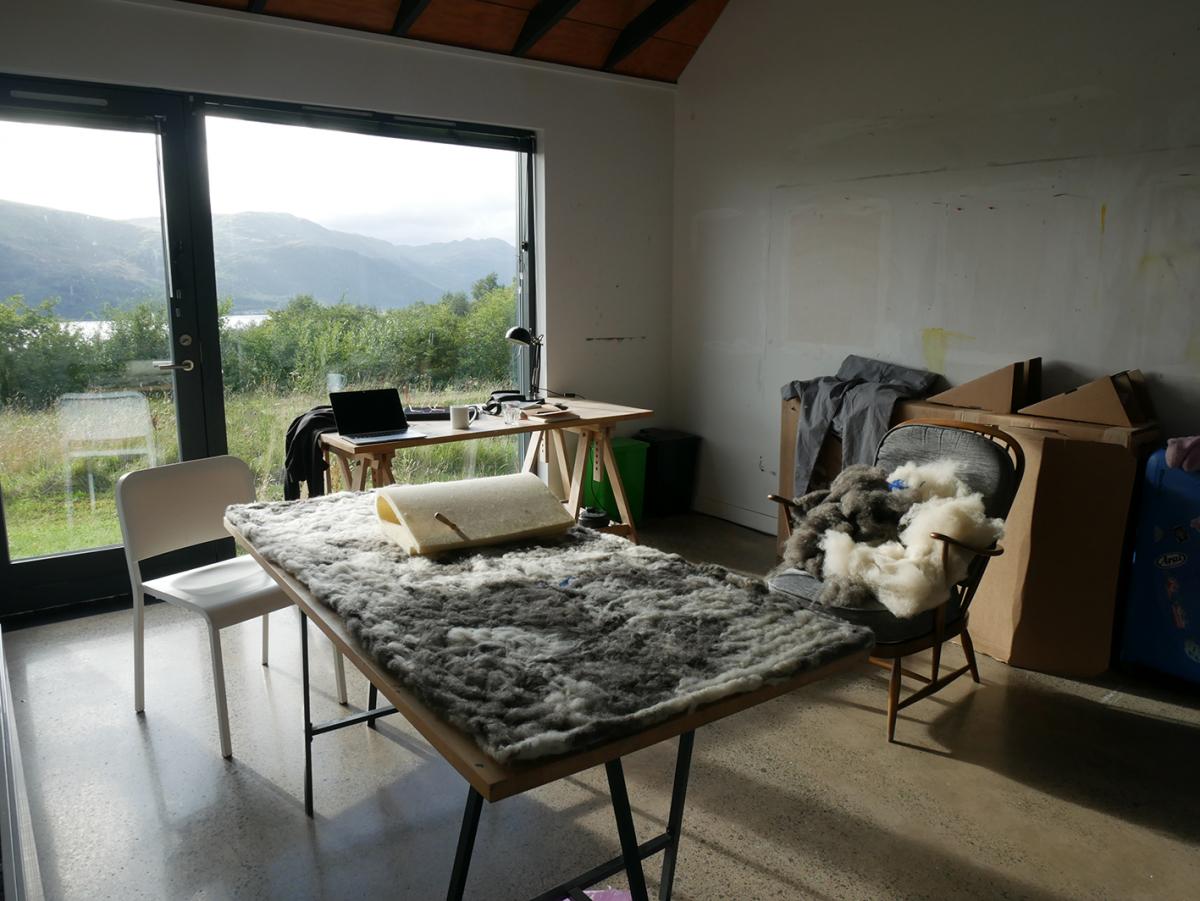
The second part of the residency programme, the Scottish Sculpture Workshop, takes place in the small village of Lumsden in the middle of the Highlands. I arrived there after a week-long course in letter carving in stone. I arranged my participation in the course independently, because that kind of knowhow isn’t available in Finland. The village has a small convenience store in connection with a petrol station, a church and a crystal shop. There is no place to buy food in the village, so most of the people order their groceries and other items from the nearest village. The presence of the Sculpture Workshop can be seen all around the village in some way, and the organisation has operated there since 1973. I live in a house by the village road, only a few minutes from the workshops by foot. At the Sculpture Workshop, artists are assigned a room either in the main building of the residency or in the house by the village road. I share a kitchen and a bathroom with other people. The closest slightly bigger village is Huntly, which can be reached twice a week by bus or by carpooling with someone heading there. The closest city, Aberdeen, is about one hour away by car or by car and train from Huntly. Travelling is by no means impossible, but it requires a bit more advance planning, which might be a good thing to consider.
The Workshop is a good environment for pretty much any sort of sculpture work. There are facilities for working with metal, wood and ceramics, and they seem to transform like chameleons for serving any kind of purpose imaginable. The workshop that I personally use the most is the “stone workshop”, an outdoor work area with a roof. The big and bright ceramics workshop is run by Beth Bidwell, and it has just recently been renovated. Besides the workshops, the main building has a studio with heating and good light, where all artists are assigned their own desks. Senior Technician Eden Jolly has worked at the Sculpture Workshop for years, and he’s one of those sculptors who “can lend his expertise for pretty much any technique and problem”. The Workshop lives up to its name in all aspects: everywhere you look, you can see self-made ovens, bowls, signs, tools and works left by previous artists. Just like at Cove Park, here, too, the artists around me changed and some of them were there only for a short course for a few days, while some stayed for a longer period.
The atmosphere at the Sculpture Workshop is easy-going and cosy. The staff members are welcoming and kind-hearted, and it would be hard not to become a part of the group. I could say that the Sculpture Workshop has given me exactly what I wanted: I hoped to dig deeper in stone as a material, and that’s exactly what I have been able to do. As the winter is approaching and the days get darker, I wake up every morning at the same time without an alarm, eat breakfast, get dressed in my overalls and protective gear, open an audiobook and get to work. I hammer and chisel away until it gets dark. In the evenings, I cook food, look at tools online and learn Mandarin Chinese on Duolingo. I fall asleep every night in a matter of seconds and wake up when the roof renovating at the neighbour’s house starts. One morning, I wrote in my diary that I accidentally fell asleep on my back (which I haven’t done in years because I’m afraid of sleep paralysis). On the weekends, I often ride a bike to the nearest village that has a café. The cappuccino tastes like diamonds, and I accidentally have thoughts along the lines of Is this the New York they’re talking about and then ride my bike back home.
For me, SSW looks orange: fire colours of the autumn, Halloween, the crystal shop, granite, sheep, fluffy cows, sandstone, Rishi Sunak, the sculpture walk, autumn storms, grant applications, Aberdeen, Edinburgh, car boot sales, the stone quarry, fireworks, the creaking sound that a stone makes when it breaks. Manchester, Cromarty. The slower pace, because being fast doesn’t lead to much when it comes to stone.
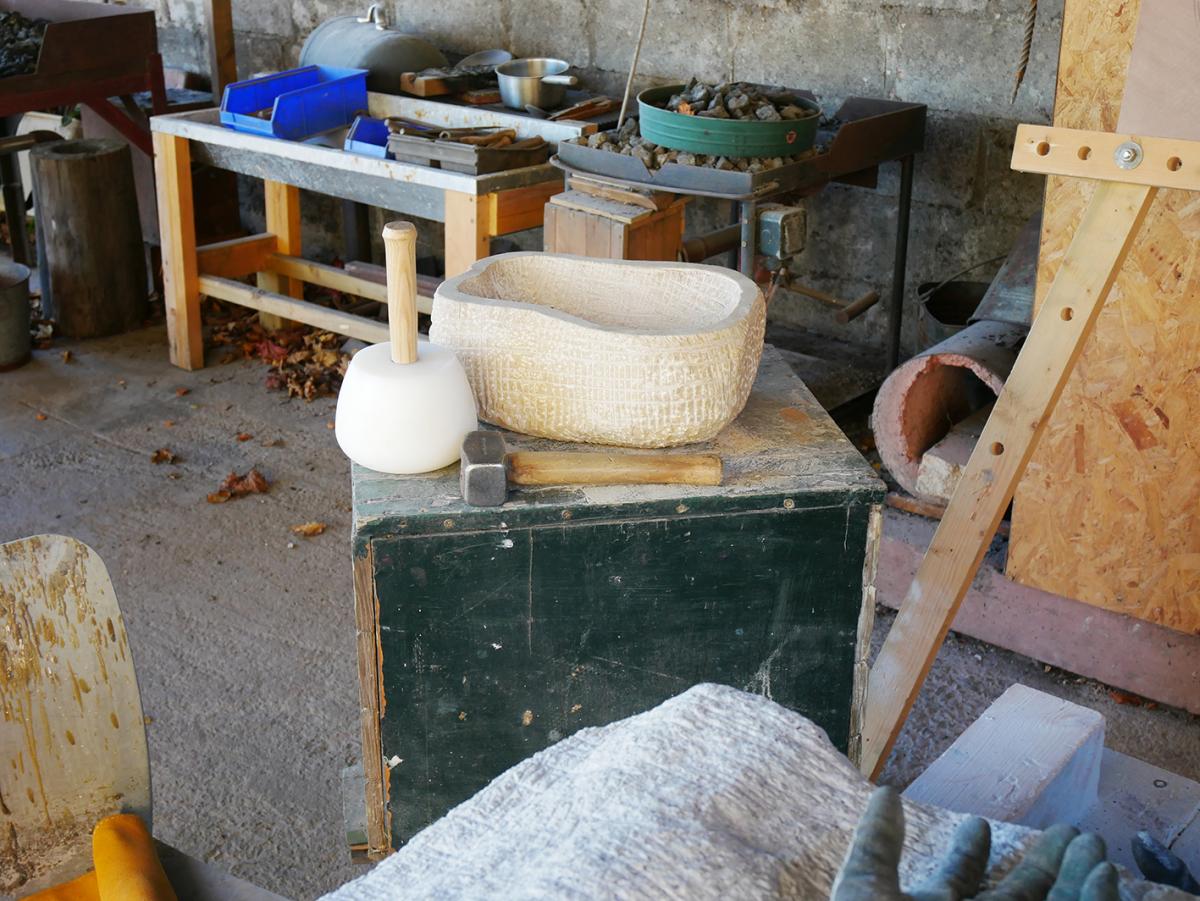
The residency will continue until the beginning of December. Right now, Helsinki and the apartment I have above a metro station seem far away. I don’t yet know what I’m going to do with the stones that have shared the outdoor working space with me, but I will continue working on them at least for a bit longer.
A big thank you to everyone at Cove Park and the Sculpture Workshop for their hospitality, help and lovely company! Special thanks to Sam Trotman, Alexia Holt, Eden Jolly, Michael Hautemulle and Beth Bidwell for the help and care they’ve given me throughout the residency. Thanks to the Saastamoinen Foundation and Academy of Fine Arts for making the residency possible. I also thank all the artists who I met during the four months for the discussions, cooking sessions and company. I sincerely recommend the residency to everyone and am happy to answer any questions about it!
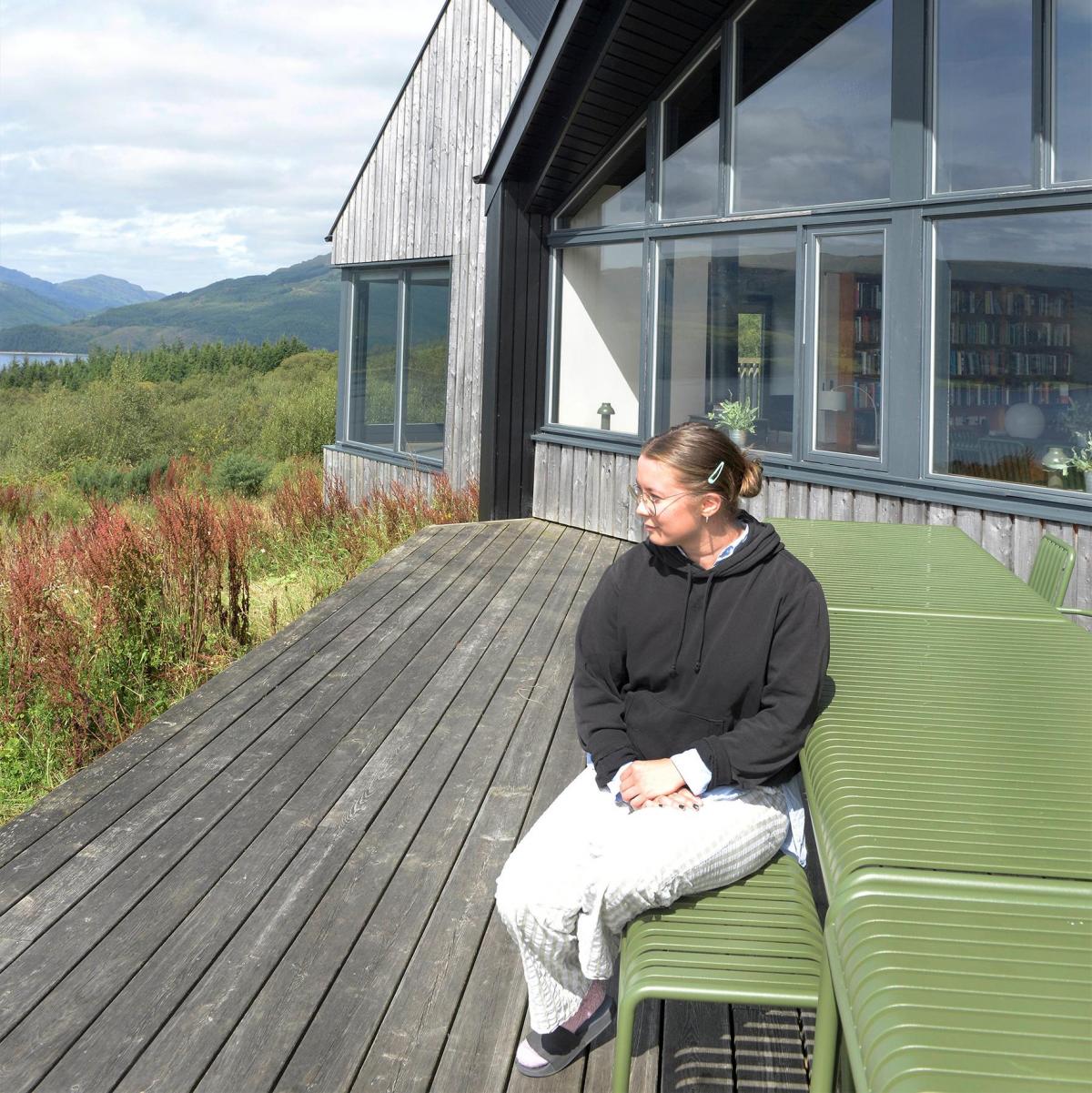
The author is an alumni selected for the 2022 Scottish Residency Programme. A joint project by the Academy of Fine Arts and the Saastamoinen Foundation offers internationalization opportunities to the Academy of Fine Arts students and alumni. Our residency programmes support post-graduate studies of visual artists in high-quality residences abroad in periods ranging from 3 to 11 months.
Taideyliopiston alumniblogi
Alumnimme ovat äänessä tässä blogissa ja tuovat uusia tuulahduksia taiteen työkentiltä.
Uusimmat julkaisut
-
Lotta Hurnanen, selected for the LIFT residency, intertwines analogue film and gardening
-
Anna Karima Wane, selected for the Jan van Eyck Academie residency, builds community through art
-
Academy of Fine Arts Alum Kaija Hinkula at ISCP Residence in New York 2025: A Sense of Place
Seuraa blogia